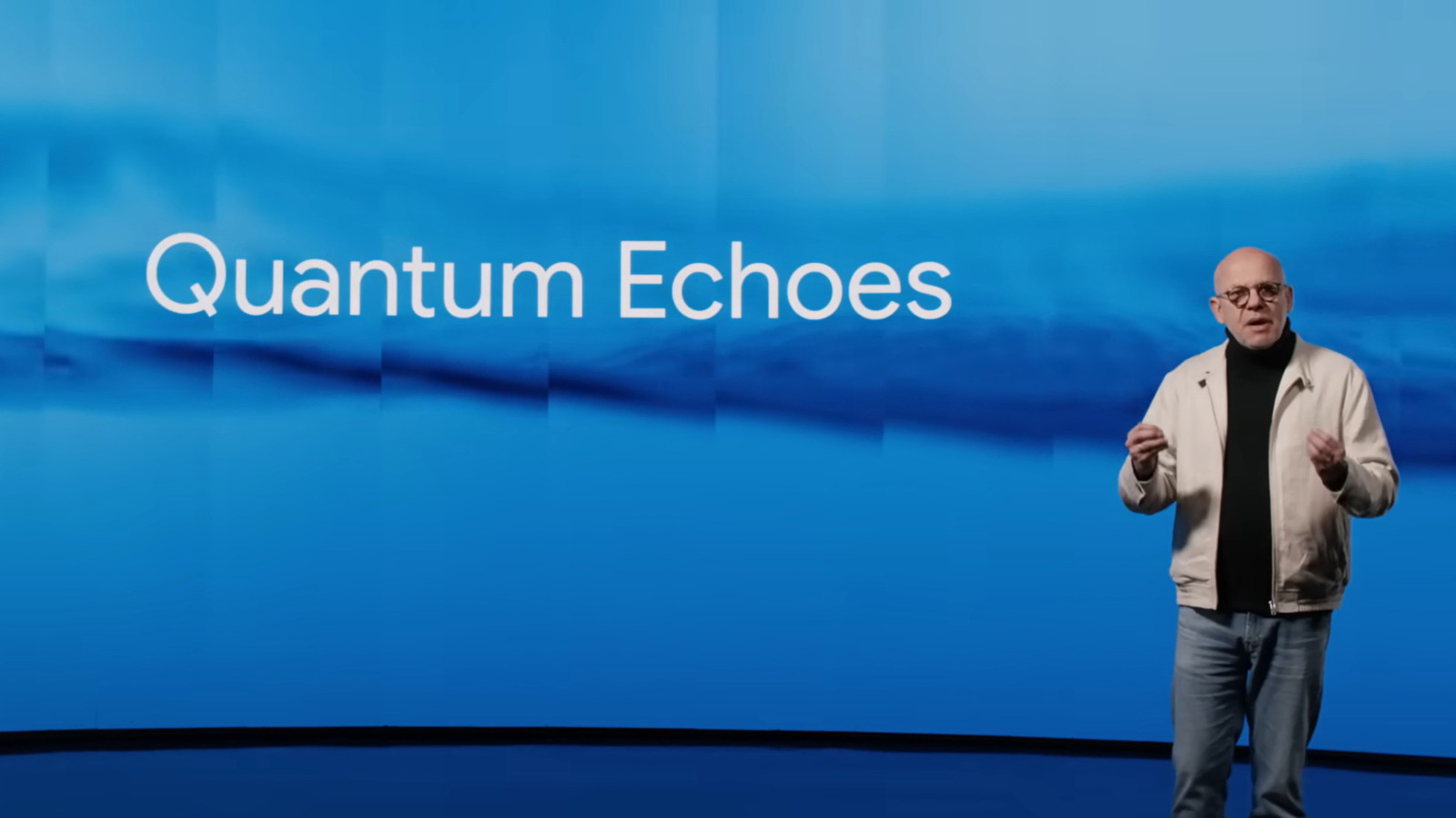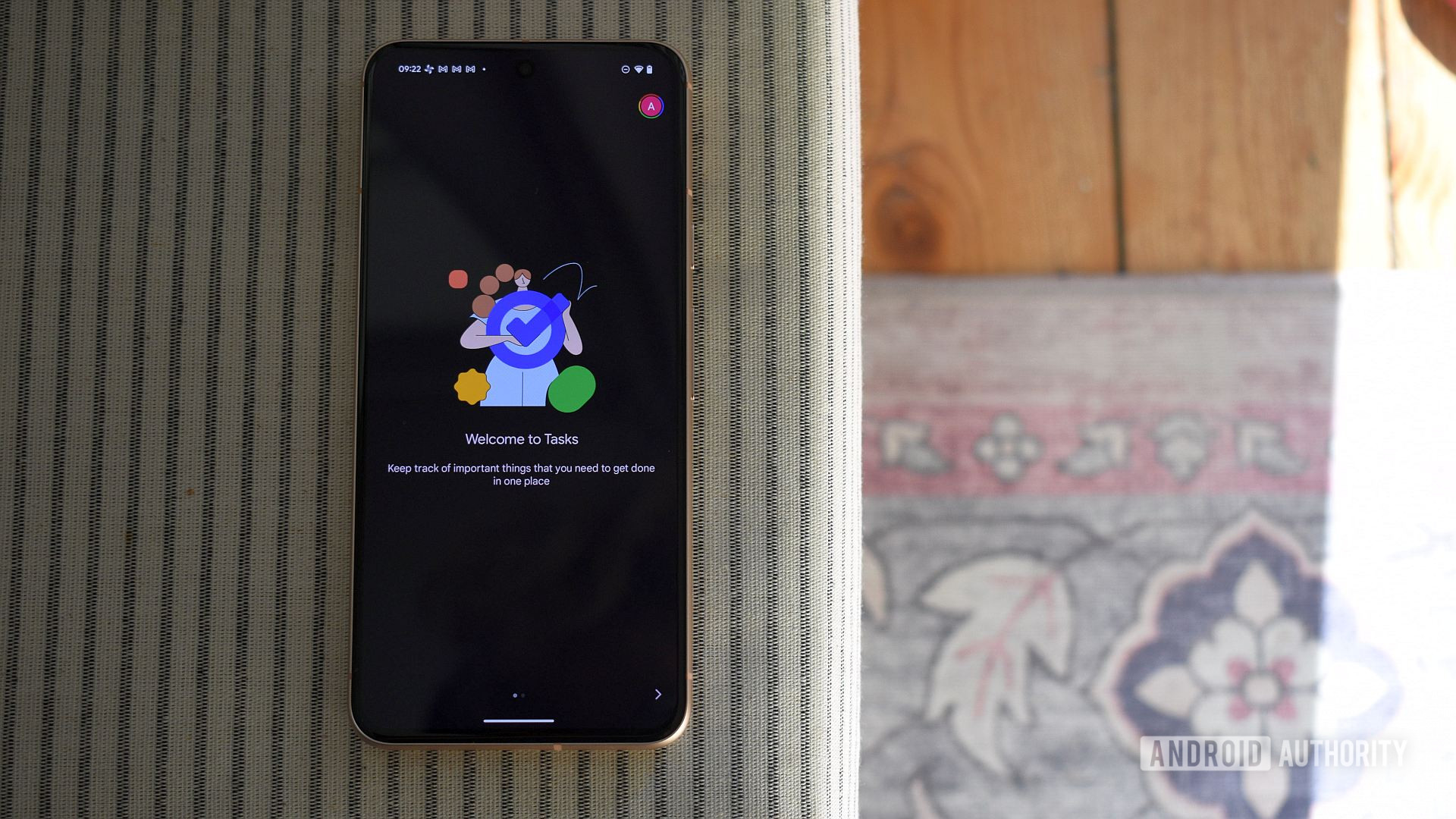Google claims to have developed a quantum computer algorithm that is 13,000 times faster than the most powerful supercomputers. This would bring the technology another step closer to real-world applications in medicine and material science within the next half-decade. Known as Quantum Echoes, the out-of-time-order correlator (OTOC) is a first-of-its-kind algorithm that can be used to better understand the structural composition of natural systems, like black holes or molecules. Powered by Google’s Willow quantum chip, the company claims that it is the first time that quantum technologies have run a verifiable algorithm, meaning that the algorithm can achieve the same results on any quantum hardware. This is a major step in producing the repeatable, scalable results necessary for real-world applications, like building a quantum-powered engine.
Google showcased these accomplishments in two October 2025 studies, which highlighted the advanced capabilities of Quantum Echoes. The first, published in Nature, shows how its verifiable results could lead to applications in fields like nuclear magnetic resonance (NMR) spectroscopy. In a second piece, available on arXiv, Google researchers used these quantum computing techniques to unlock chemical structures using what the company calls a “molecular ruler” to measure the distances between atoms. Together, the studies reflect Google’s advancements towards viable quantum algorithms and chip hardware.
Founded in 2012, Google Quantum AI is at the forefront of the search for sustained, scalable quantum computing capabilities. In December 2024, the company released its Willow quantum chip, with enough computational power to complete a benchmark test in under five minutes that the world’s strongest supercomputer would typically take 10 septillion years. And although such quantum feats often lead to hyperbolic proclamations like reversing time, Google hopes its new algorithm will propel it to finding real-world applications for one of the world’s most innovative emerging technologies.
How it works
To understand Quantum Echoes, you first have to establish some basic quantum computing principles. At its most rudimentary, quantum computing employs the properties of quantum mechanics to solve complex mathematical problems beyond the capabilities of classical computing. The easiest way to understand this is to replace the 0s and 1s of binary computing systems with qubits, or quantum bits, which are created by manipulating quantum particles like photons, electrons, trapped ions, superconducting circuits, and atoms. As the basic unit of information in quantum computing, qubits offer a unique advantage over binary code by essentially storing multiple combinations of zeros and ones. Qubits can hold this information in superpositions, meaning a single qubit represents all its possible combinations and can grow exponentially when entangled in structures of collective superpositions. These structures act like waves, amplifying and negating each other in a process known as interference. In quantum computing, a user deploys an algorithm to interfere with a circuit of superpositioned, entangled qubits.
Google’s Quantum Echo is a type of algorithm known as an out-of-time-order correlator (OTOC), which determines the state of a qubit after a series of quantum operations. It measures changes in quantum expectation values like magnetization, current, density, and velocity, to gauge the chaos levels of quantum systems. According to Google, Quantum Echo sends a meticulously designed signal into the Willow chip’s system, where it disrupts a qubit before reversing the signal’s evolution, creating a return signal or echo. This technique is effective because it grows with constructive interference, resulting in higher levels of sensitivity. Through these processes, Google was able to exponentially reduce the error rate of its system, achieving results “below threshold”, meaning its algorithm reduces errors while scaling qubits.
The implications of Google’s Quantum Echoes algorithm
Google’s Quantum Echoes algorithm carries major consequences for the company’s pursuit of real-world quantum computing functionalities. The tech giant’s application of the technology in a physical experiment meant its final results had to meet strict, verifiable complexity precision standards. These leaps are best exhibited in the company’s joint experiment with UC Berkley, in which the Quantum Echoes algorithm provided new insights into the structures and behaviors of two molecules. The results matched those found by traditional Nuclear Magnetic Resonance techniques, which map molecular structures through the magnetic spins at the center of atoms. The experiment showcased how the algorithm could be used to better understand the complex dynamics of these magnetic spins. According to a company blog post, the test was a significant step towards a quantum-scope “capable of measuring previously unobservable natural phenomena,” analogous to the telescope or microscope. Such developments could be crucial in developing new medicines, expanding our understanding of Alzheimer’s disease, or crafting new industrial materials.
Although still largely experimental, the algorithm points towards a world in which quantum technology may be approaching some form of viability. However, experts caution that Google still has a long way to go before these algorithms find their real-world applications. As it stands, the conglomerate is racing against the likes of IBM, Microsoft, and a host of Chinese competitors to bring such technologies to market. At the very least, Quantum Echoes is a positive sign that previous advancements in quantum hardware, like Willow, may finally approach practical uses, potentially unlocking major benefits for medicine and material sciences. Already, scientists have begun to explore how quantum computing may help discover new drugs, map disease risks, enhance AI systems, and even teleport information.









